Ume cultivation in Wakayama prefecture dates back to the Edo period. At that time, Wakayama Prefecture was also known as Kishu. Around 1620, lord Naotsugu Ando, who ruled over the Tanabe territory of the Kishu domain (modern day around Tanabe and Minabe) made land that was not suitable for farming tax exempt. As a result, ume orchards expanded, marking the beginning of Ume cultivation. High quality Tanabe Ume were packed in branded barrels and sent to Edo (Tokyo), and enjoyed growing popularity.
In the 1960s, the first rate Nanko-ume and Gojiro types were created. Diversification of food consumption drove an increase in demand for Ume, so the area of land dedicated to Ume cultivation continued to increase.
Consumer interest in Ume increased again around 1980 owing to a boom in natural and health foods. Prices rose and cultivated area increased. As a result, the Tanabe area now accounts for 60% of Japan’s Ume production and is first in quality as well. Products include not only umeboshi and umeshu liquor, but also ume jam, extract, ume drink(ume juice in japanese), and more.
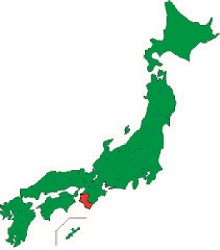
The main types of Kishu Ume
Nanko-ume
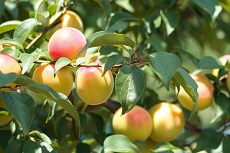
Harvested from the end of May to early July.
Mostly used for umeboshi (Pickled ume), but can also be used for umeshu liquor and drink.
They have soft, thin skin and a characteristic fragrance.
Main Ume Cultivars in Wakayama Prefecture.
Gojiro-ume
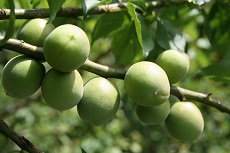
Harvested from the middle through the end of May.
Mostly used for umeshu liquor and drink. The fruit is aesthetically pleasing and fetches a high price.
Ko-ume
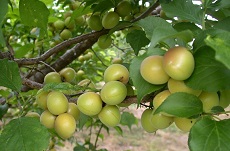
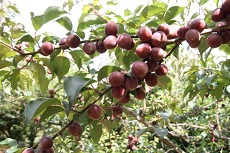
Harvested from the middle through the end of May.
A small-sized Ume. Good for umeshu, drink, and umeboshi. Hakuo, Benio, Kinugasa, and Purple Queen are the main types.
Tanabe’s Ume harvest
The Tanabe area is perfect for fruit orchards, with a yearly average temperature of 15-16°C (59-61°F). With cultivation management based on the Food Safety Good Agricultural Practice Standards established by the Japanese government, farmers work to make safe, quality Ume. Ume are grown in many areas of Japan, but the Tanabe area excels in consistent production of high quality fruit.
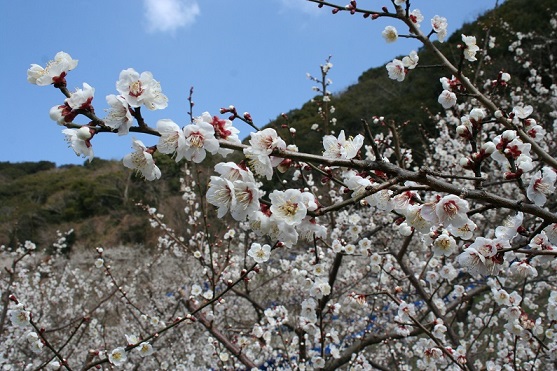
The Kishu Tanabe Ume Promotion Committee
The Kishu Tanabe Ume Promotion Committee was founded in 2001 in cooperation between Tanabe City and JA Kinan (Kinan Agricultural Cooperative), with the following goals:
1. To promote Kishu Ume widely to consumers, establish the Kishu brand, and to expand consumption of Kishu Ume.
2. To coordinate with related groups, increase awareness of the population in the producing areas, and promote local industry with Ume production as a pillar.